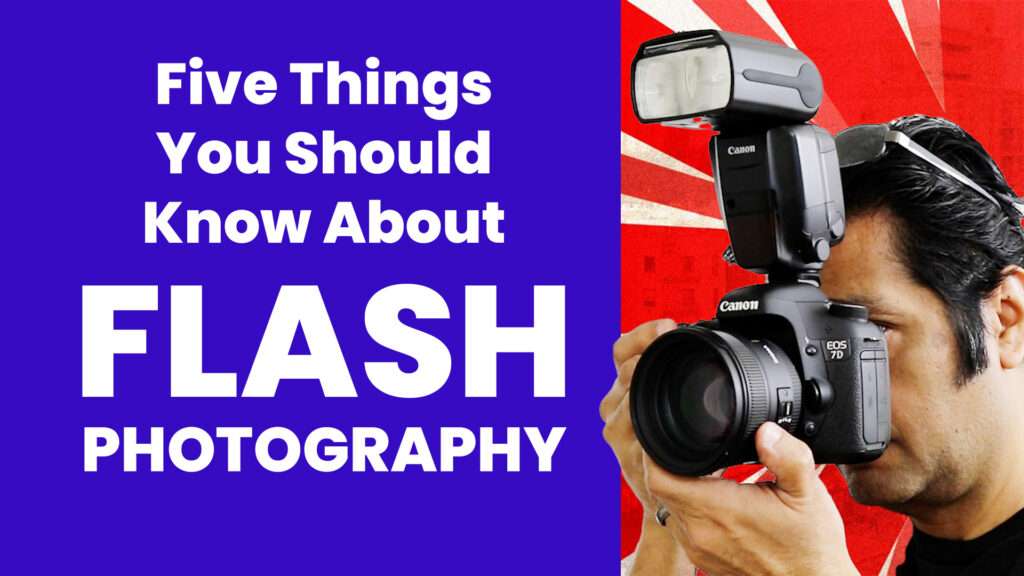Flash photography can seem a little overwhelming with all the concepts and techniques there are to learn. But, if you want to become a good portrait photographer, understanding these elements is necessary. Here’s a quick overview of five key aspects of flash photography that I cover in the video below.
TTL: What Is It?
TTL, or Through The Lens metering, is tech that measures the light coming in through the lens and adjusts the flash output automatically. This makes it easier to balance ambient light and is perfect for dynamic shooting conditions like events.
Flash Diffusers: Not Effective Outdoors
Flash diffusers work well indoors by spreading light to bounce off walls and ceilings. Outdoors, their effectiveness diminishes due to the lack of reflective surfaces, making them less useful.
Inverse Square Law: Light Falloff
The inverse square law is a fundamental principle stating that light intensity decreases rapidly with distance. Doubling the distance from your flash source reduces the light to a quarter of its original intensity, making backgrounds go dark quickly.
Bounce Flash: Can Be Better Than Direct Flash
Bounce flash involves angling your flash to strike nearby walls or ceilings, creating a softer, more flattering light. It mimics natural light, and softbox lighting, and can significantly improve the quality of your portraits compared to direct flash.
Direct On-Camera Flash Isn’t Always a Mistake
While diffused and bounced lighting are often preferred, direct on-camera flash has its place. It can create a raw, edgy look and is useful for fill light in outdoor portraits or adding catchlights to the subject’s eyes.
Loved this tip? Here's something else you might like:
👉 Free 10-Min. Guide to Off-Camera Flash


